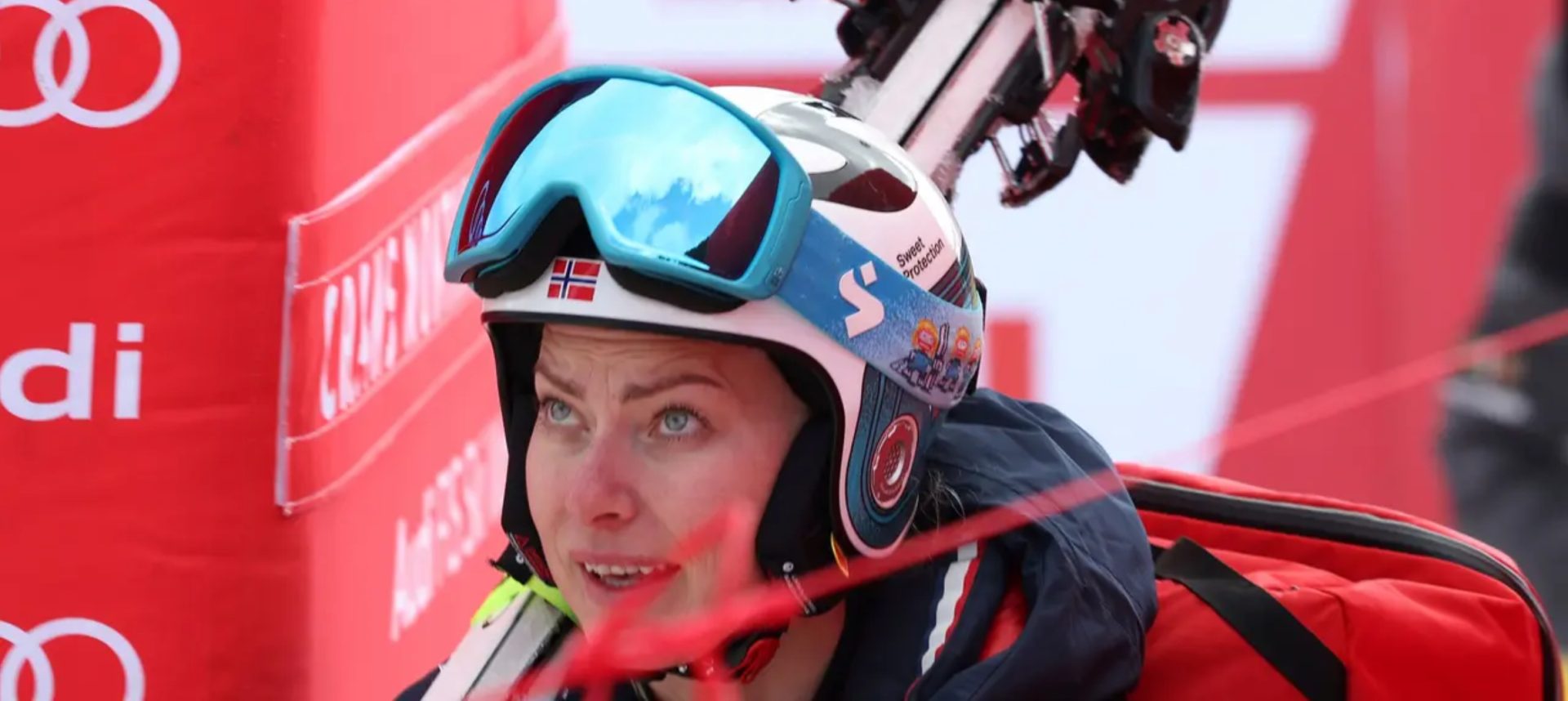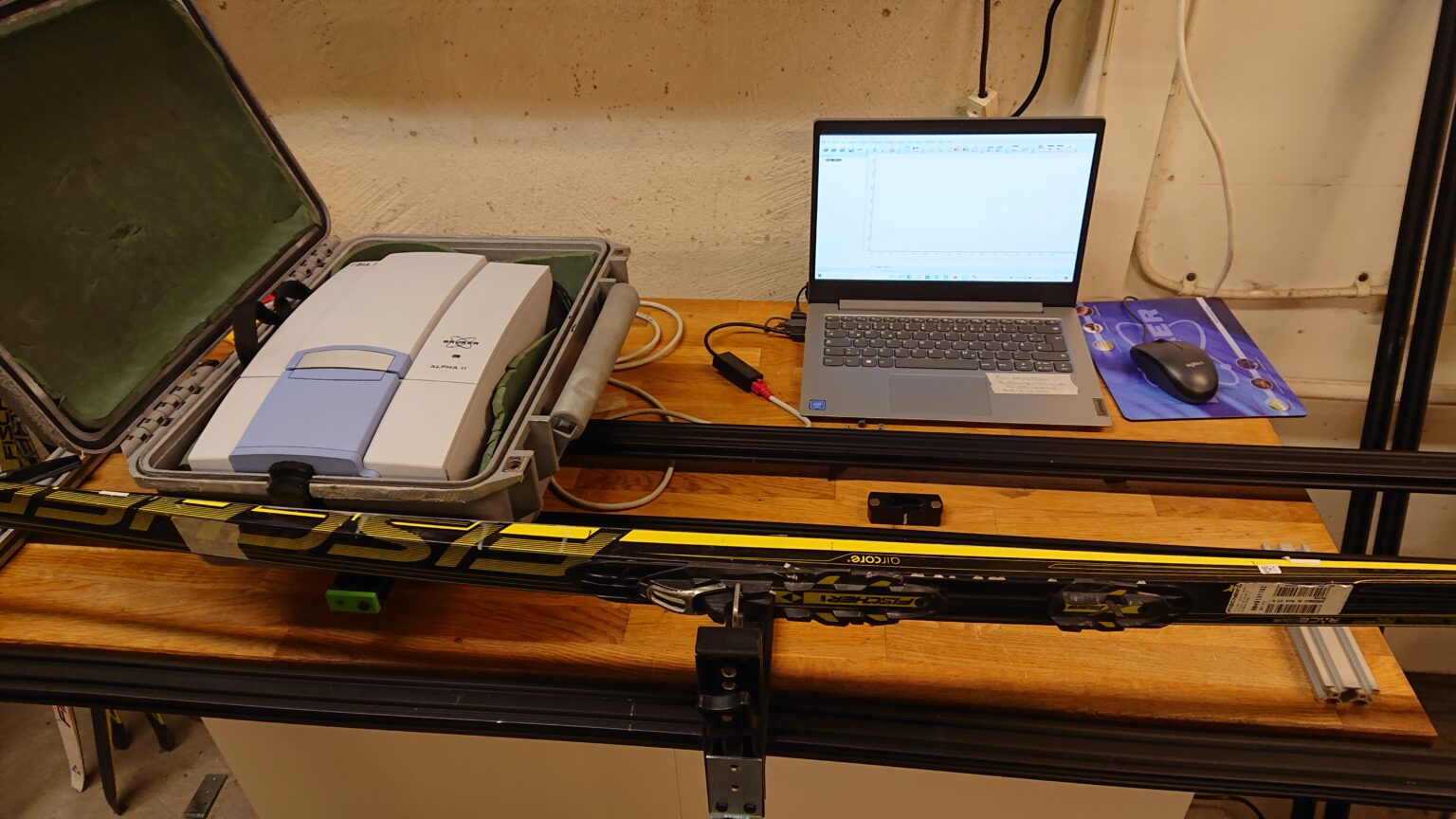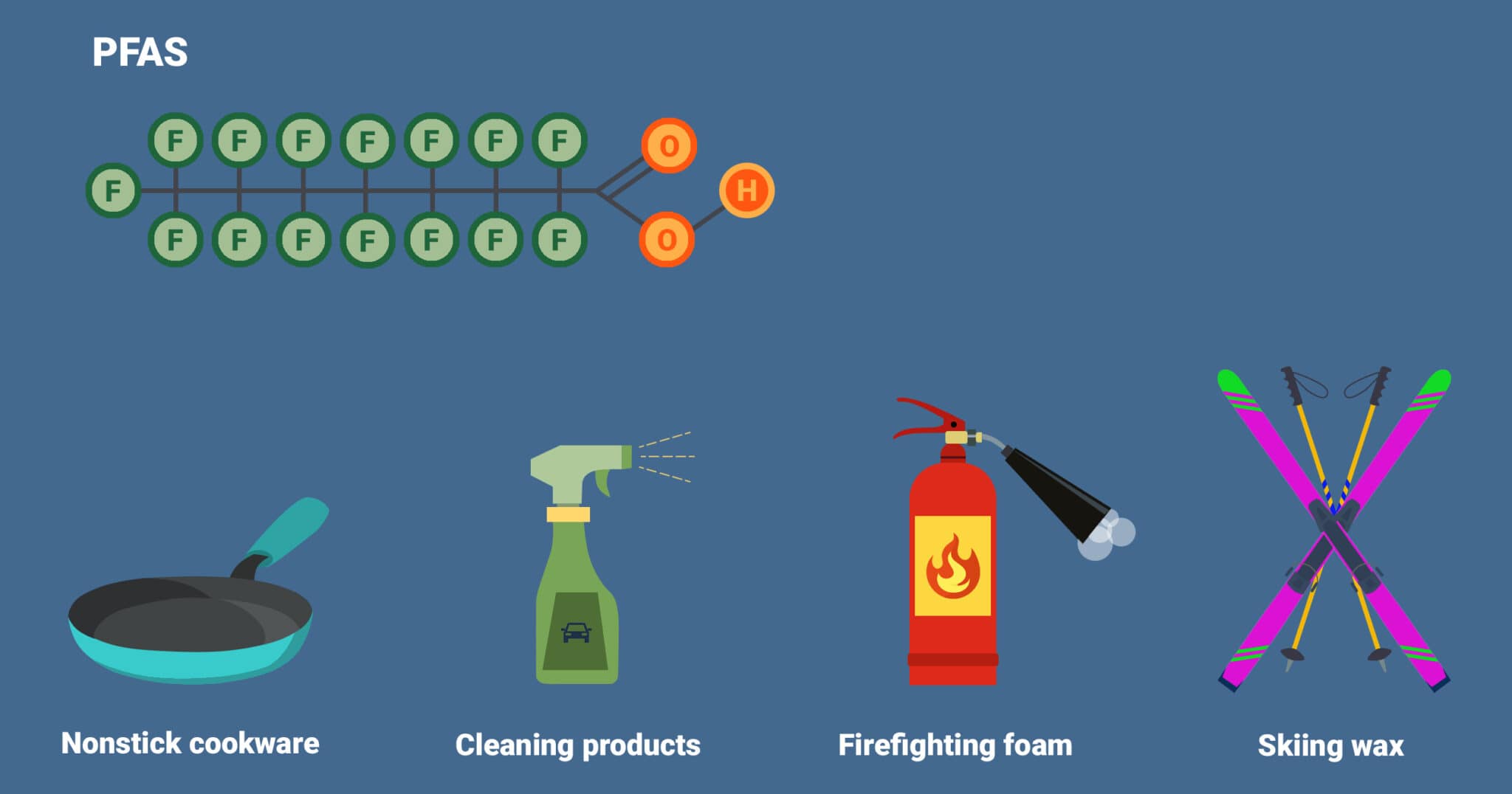
This weekend, Norwegian ski racer Ragnhild Mowinckel became the first skier to be disqualifed following the implementation of the fluoro wax ban at the FIS Alpine Ski World Cup Giant Slalom race in Sölden, Austria. The International Ski & Snowboard Federation (‘FIS’) introduced the ban for this season, after many years of planning and testing. The ban was announced as far back as 2019, but reliable testing methods were not available until this year. FIS worked closely with U.S. company Bruker, a leading manufacturer of high-performance scientific instruments, to develop an effective and accurate testing method.
Mowinckel’s skis were tested after the first run in which she had placed sixth and her skis failed the fluoro text. The two-time Olympic Silver medalist left the finish area of the season-opening women’s World Cup race in tears on Saturday, October 28, following her disqualification by race officials. The Norwegian skier was reduced to tears but was adamant that she was not cheating, saying under tears in an interview with a Norwegian TV station: “I am really not doing well. We tested the wax so many times. We always stick to the rules. I cannot explain it. We must find out what happened. We are definitely not trying to cheat, because that is the worst thing for me.”

Women’s race director Peter Gerdol confirmed that all skis were tested for the banned substance after both runs, “This was the only ski that showed quite a high value, way more than the minimum threshold, so the jury had no other option than to disqualify the athlete.” According to Gerdol the threshold had been moved from 1 to 1.8 just a few days before the race, but Mowinckel’s skis had been way above the threshold.
Mowinckel’s equipment sponsor Head was taken aback by the disqualification. “The worst case has happened. We have absolutely no explanation. We have no idea what happend, up until now everything was okay,” Head’s race director Rainer Salzgeber said in an interview with Swiss TV station SRF. According to Salzgeber, Mowinckel’s ski technician had prepared her skis the same way two days ago and the skis tested ‘green’ on the Fluoro tracker, but today test results came back as ‘red’.
Prior to the first FIS Alpine race several skiers and national ski associations have come out publicly questioning the accuracy and integrity of the testing. The Austrian Ski Association (‘ÖSV’) said the fluoro tracker had not been sufficiently tested and pointed to the occurence of false-positives in skis that had not been prepared with fluoro wax.

Switzerland’s race skier Lara Gut-Behrami, who won the race on the Rettenbach Glacier in Sölden, had suggested in an interview with a Swiss newspaper that there was room for sabotage and error, argueing that “Nations share the ski-container and anyone can walk past and could spray the skis [with fluoro wax].” In addition she suggested that the slip team, which slips the course between race skiers, could potentially have contaminated skis and their fluoro wax could transfer from their skis to those of a competitor. While this seems a far fetched scenario — fluoro wax is very expensive and a slip team member would be unlikely to use such an expensive wax for slipping the course — it shows that there is room for error as well as sabotage. Gut-Behrami suggested a B-test similar to doping control tests and states that she had co-signed an open letter to FIS along with other FIS athletes regarding this matter.
Fluorinated wax contains lab made chemicals known as perfluoroalkyl and polyflouroalkyl substances (PFAS). PFAS are very stable and are used for example in non-stick coatings or protective coatings. They are not biodegradable and will stay in the environment for a very long time. PFAS have been shown to be harmful to the environment and human health. Fluoro wax is a special ski wax snowsports athletes across many disciplines have been using for more than 30 years, which provides superior glide to other waxes, especially at temperatures around the freezing point.
